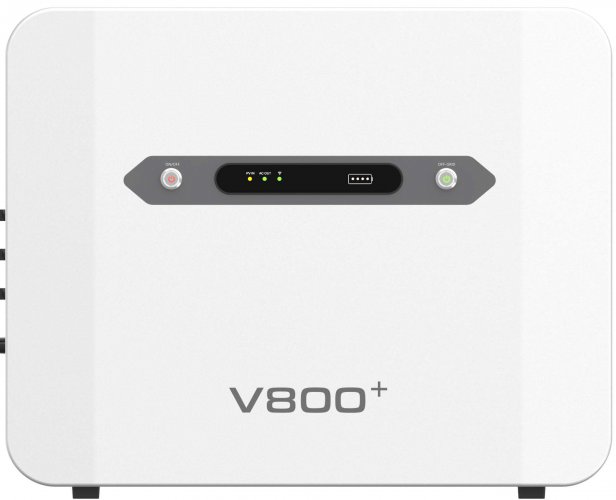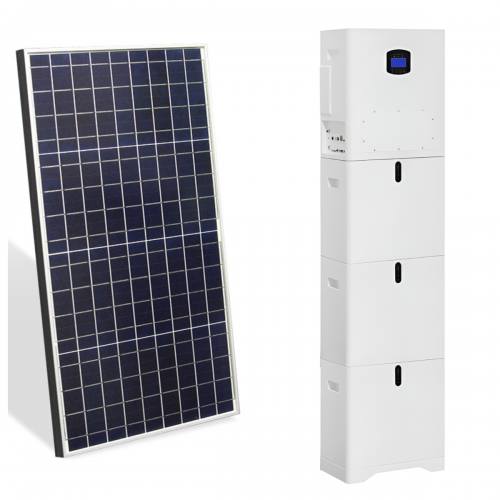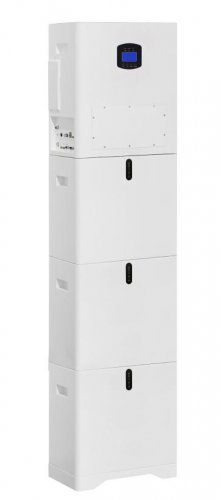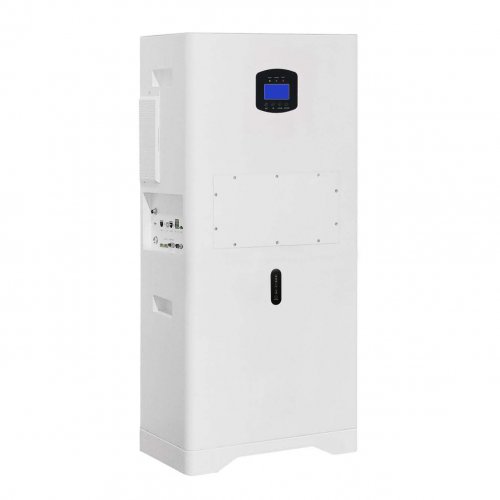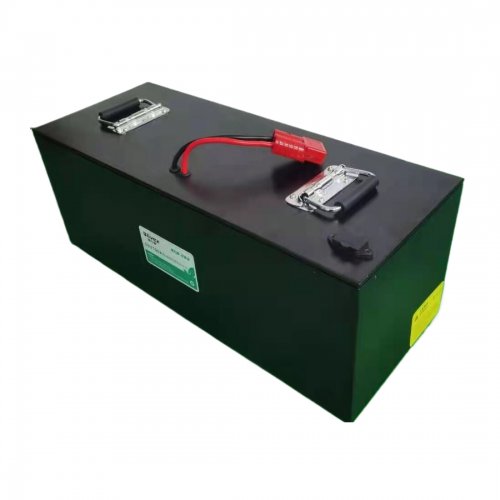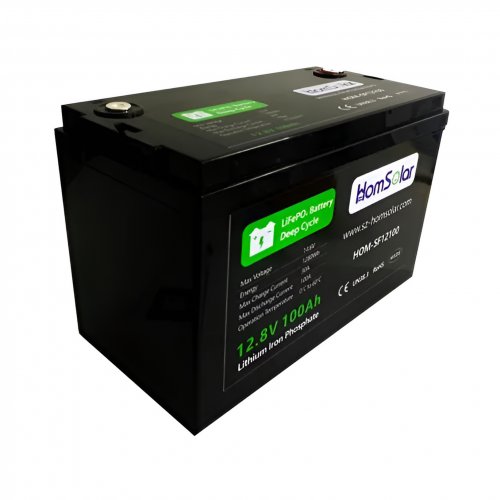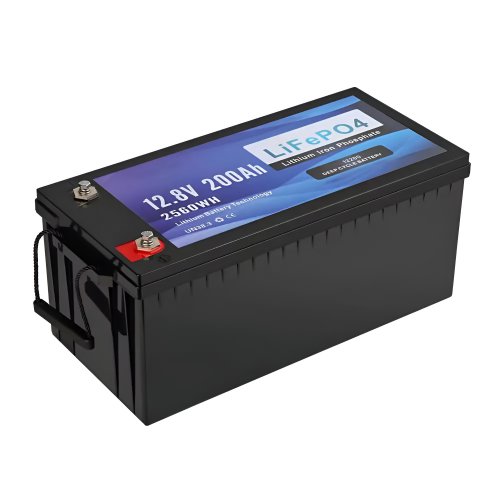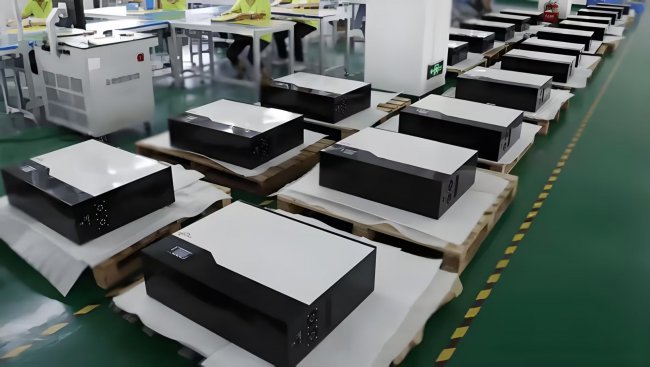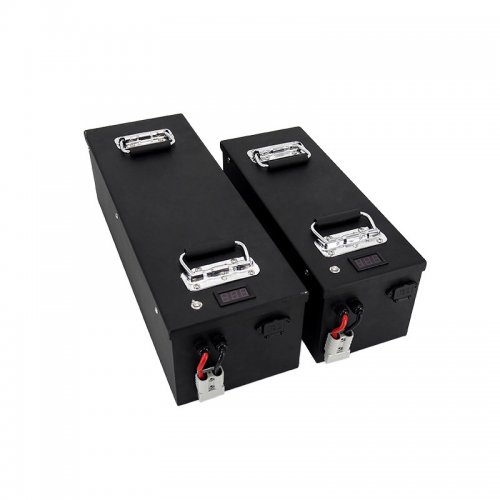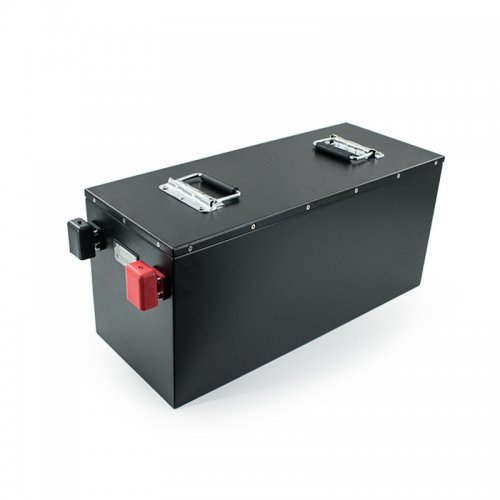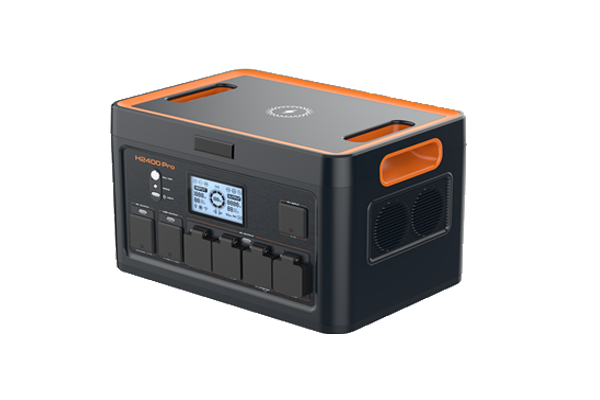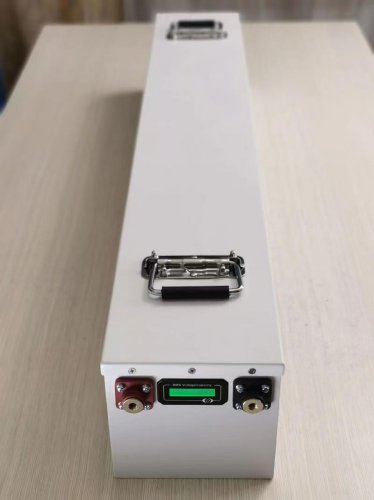How To Use Discharging: A Comprehensive Guide To Safe And Effective Battery Management
The term "discharging" is fundamental to the operation of any battery-powered device, from smartphones and laptops to electric vehicles and home energy storage systems. In essence, it is the process by which a battery releases its stored chemical energy as electrical energy to power a circuit. While it seems like a passive event—you simply use the device—understanding and actively managing the discharge process is critical for maximizing battery lifespan, performance, and safety. This guide will walk you through the principles, steps, and best practices for using discharging to your advantage.
Understanding the Basics: What is Discharging?
During discharge, lithium ions (in a Li-ion battery) move from the negative electrode (anode) to the positive electrode (cathode) through an electrolyte, while electrons flow through the external circuit, providing the electric current that powers your device. This process continues until the battery's voltage drops to a level where it can no longer effectively power the device, a point known as the "cut-off voltage."
Step-by-Step Guide to Intelligent Discharging
Effective discharging isn't about a single action but a consistent practice integrated into your device usage.
Step 1: Know Your Device's Ideal Discharge Range Before anything else, consult your device's manual. Most modern lithium-ion batteries perform best when kept between 20% and 80% charge. Unlike older nickel-based batteries, they do not require, and are in fact harmed by, a full 0% to 100% cycle.Action: Make a mental note to start recharging your device around 20-30% and unplug it once it reaches 80-90%.
Step 2: Avoid Deep Discharges Allowing your battery to consistently drain to 0% is known as a deep discharge. This puts immense strain on the battery's internal chemistry, accelerating degradation and reducing its overall capacity.Action: Recharge your device before it automatically shuts down. If you know you won't use a device for a long time (e.g., a spare camera), store it with a charge around 50%, not fully discharged.
Step 3: Monitor Discharge Rate (C-rate) The discharge rate refers to how quickly energy is drawn from the battery. A high discharge rate generates more internal heat, which is a primary enemy of battery health.Action: Avoid activities that demand peak power for extended periods. For example, playing a graphically intensive game on your phone while charging it can cause a combination of high discharge/charge cycles and heat buildup. If your power tool or drone feels excessively hot, give it a break to cool down.
Step 4: Be Mindful of Environmental Conditions Batteries discharge less efficiently and suffer more damage in extreme temperatures. Discharging a battery in very cold conditions can cause permanent damage, while doing so in high heat accelerates chemical aging.Action: Try to use and discharge your devices in a moderate, room-temperature environment. Avoid leaving your phone or laptop in a hot car or using it directly in freezing weather.
Practical Tips and Advanced Techniques
1. Calibration Cycles (The Exception, Not the Rule): The old advice of performing a full 0-100% discharge cycle monthly still has a place, but only for calibration. The battery management system (BMS) can sometimes lose track of the true capacity. A full cycle once every few months can help the software recalibrate its battery percentage indicator. Do not do this frequently.
2. Use Power-Saving Modes: When your device's charge drops below 20%, engage its power-saving mode. This proactively manages the discharge process by limiting background activity, reducing screen brightness, and throttling performance to slow the discharge rate and give you more time to reach a charger.
3. Understand Partial Discharge Cycles: A partial discharge cycle, say from 80% to 30%, is far less stressful on the battery than a full cycle. Don't feel compelled to use your device down to a low percentage before plugging it in. Frequent, top-up charges are preferable for battery health.
4. For High-Drain Devices (Drones, RC Cars): For devices that use high-capacity packs, never discharge them to the point where the device can no longer function. Most quality chargers have a storage mode that will discharge (or charge) the battery to its ideal ~50% storage voltage.
Critical Safety PrecautionsNever Physically Damage a Battery: A punctured or bent battery can short-circuit internally, leading to a rapid, uncontrolled discharge known as a thermal runaway, which can result in fire or explosion. Handle all batteries with care.Use the Correct Charger: Using an off-brand or incompatible charger can lead to improper charging and unstable discharge characteristics, posing a significant safety risk.Watch for Warning Signs: If a battery becomes swollen, excessively hot during normal use, or starts leaking, stop using it immediately. These are signs of internal failure.Disposal: A fully discharged battery is not "empty" of energy; it still contains hazardous materials and residual charge. Do not throw batteries in the trash. Follow local regulations for recycling.
Conclusion
Discharging is not merely the act of using a battery; it is a key variable in the equation of its longevity. By shifting from a passive to an active approach—avoiding extremes, managing heat, and understanding the needs of your specific device—you can take control of the discharge process. Implementing these steps and precautions will ensure that your batteries deliver reliable power for years to come, protecting both your investment and your safety. Intelligent discharging is the cornerstone of smart device ownership.
Customized/OEM/ODM Service
HomSolar Supports Lifepo4 battery pack customization/OEM/ODM service, welcome to contact us and tell us your needs.


HomSolar: Your One-stop LiFePO4 Battery Pack & ESS Solution Manufacturer
Our line of LiFePO4 (LFP) batteries offer a solution to demanding applications that require a lighter weight, longer life, and higher capacity battery. Features include advanced battery management systems (BMS), Bluetooth® communication and active intelligent monitoring.

Customised Lithium Iron Phosphate Battery Casing
ABS plastic housing, aluminium housing, stainless steel housing and iron housing are available, and can also be designed and customised according to your needs.

HomSolar Smart BMS
Intelligent Battery Management System for HomSolar Energy Storage System. Bluetooth, temperature sensor, LCD display, CAN interface, UART interface also available.


Terminals & Plugs Can Be Customized
A wide range of terminals and plugs can be customised to suit the application needs of your battery products.

Well-designed Solutions for Energy Storage Systems
We will design the perfect energy storage system solution according to your needs, so that you can easily solve the specific industry applications of battery products.



About Our Battery Cells
Our energy storage system products use brand new grade A LiFePO4 cells with a battery lifespan of more than 4,000 charge/discharge cycles.



Applications in Different Industries
We supply customized & OEM battery pack, assemble cells with wiring, fuse and plastic cover, all the cell wires connected to PCB plug or built BMS.
Applications: E-bike, Electric Scooter, Golf Carts, RV, Electric Wheelchair, Electric Tools, Robot Cleaner, Robot Sweeper, Solar Energy Storage System, Emergency Light, Solar Power Light, Medical Equipment, UPS Backup Power Supply.
We can provide you with customized services. We have the ability to provide a vertical supply chain, from single cells to pack/module and to a complete power solution with BMS, etc.


HomSolar (Shenzhen) Technology Co., Ltd







